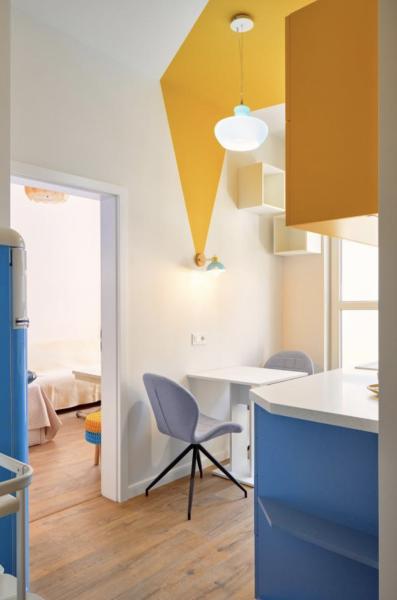Completed NRP 73 research project: Ecological footprint in the housing sector
13.09.2022
The primary driver of resource consumption in the housing sector is the 54% increase in living space since 1990.
Our research focused on measures to reduce resource consumption in the housing sector during the construction, use and renovation phases of residential buildings.
The current status and historical evolution of the building and occupant inventories of two housing cooperatives (ABZ in Zurich and SCHL in Lausanne) and the portfolio of Schweizerische Mobiliar insurance company were used as a basis for quantifying resource requirements and environmental impact.
A combination of measures can materially reduce buildings’ ecological footprint without increasing their energy consumption:
- Relatively restrictive letting rules for residential properties. For example, if vacant flats are only let to households with at least as many members as the flat has rooms, this will reduce the increase in per-capita living space in the next thirty years from 11% in the reference scenario to 5.7%. This measure will be even more effective if the occupancy rule is applied not just when letting flats but throughout their entire useful lives.
- Building owners must densify residential stocks rather than investing in ever more new buildings.
- Tenants must be sensitised to the footprint issue so that they increasingly look for flats that are better adapted to the size of their household.
Efforts to improve the sustainability of residential building stock can only succeed if owners and tenants work together creatively to find innovative ways to accommodate the priorities and needs of the various players while simultaneously minimising the environmental impact of residential buildings.
- Agriantoni, Margarita; Thalmann, Philippe (2022). Den Umweltfussabdruck des Wohnens verkleinern. Die Volkswirtschaft/La Vie Economique September
- Pagani, Anna; Ballestrazzi, Francesco; Massaro, Emanuele; Binder, Claudia R. (2022). ReMoTe-S. Residential Mobility of Tenants in Switzerland: An Agent-Based Model.
- Pagani, Anna; Ballestrazzi, Francesco; Binder, Claudia R. (2022). Shrinking Housing’s Size: Using Agent-Based Modelling to Explore Measures for a Reduction of Floor Area Per Capita.
- Pagani, Anna (2022). Towards sustainability through housing functions: a systems perspective for the study of Swiss tenants' residential mobility.
- Shinde, Rhythima; Froemelt, Andreas; Kim, Aleksandra; Hellweg, Stefanie (2022).A novel machine-learning approach for evaluating rebounds-associated environmental footprint of households and application to cooperative housing.

Prof. Dr. Philippe Thalmann
Laboratory of Environmental and Urban Economics
EPF Lausanne
+41 21 693 73 21
philippe.thalmann@epfl.ch
